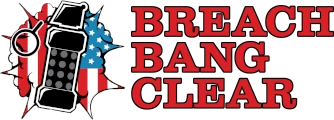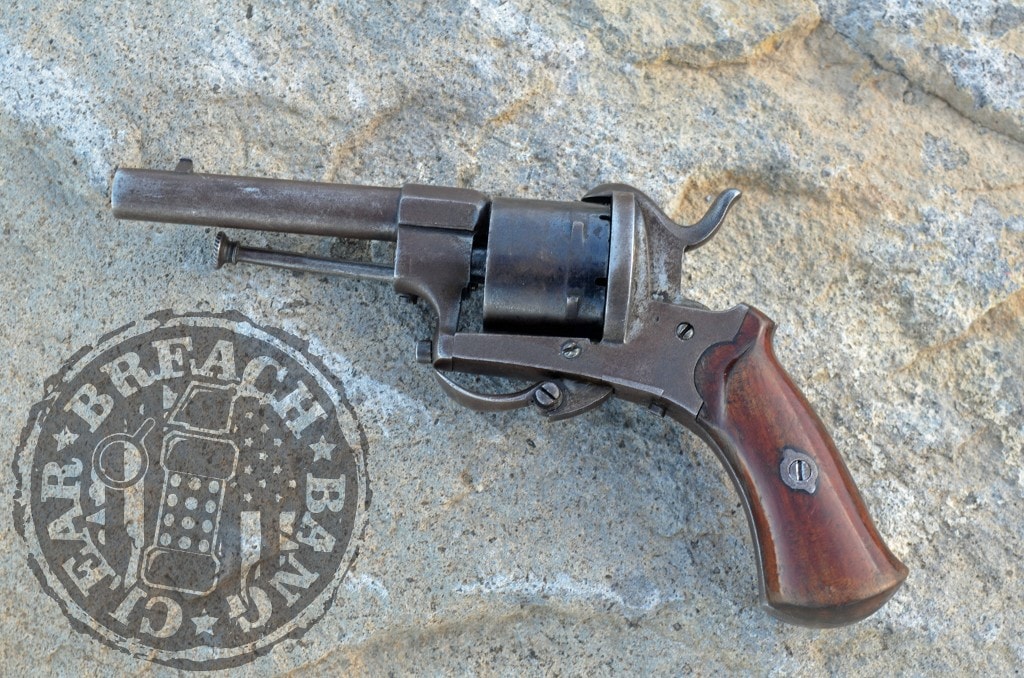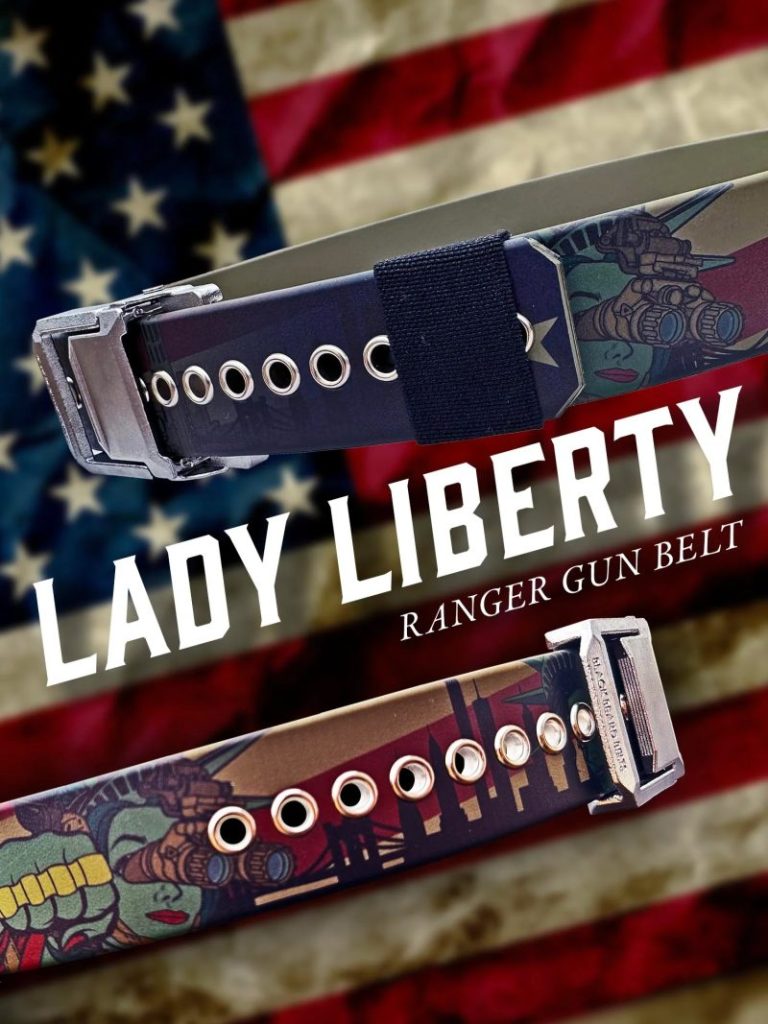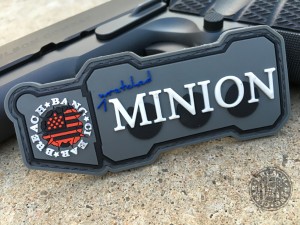WTW: Lefaucheux’s 7mm Pinfire Revolver
Mike the Mook
We recently came across an interesting revolver with a folding trigger that extends itself when the hammer is cocked. It’s a pocket pistol designed for personal defense and chambered in 7mm Pinfire.
Pinfire ammunition was invented in 1832 by Parisian gun maker Casimir Lefaucheux. His original patent was for a breechloading paper shotgun cartridge in which the barrel hinged downward to load and unload. The system still relied upon ignition from a percussion cap, as did most contemporary muzzle loading firearms.
However, three years later he applied for a patent extension, this time for a “pin” added to the base of the cartridge loaded with priming compound that ignited when struck by the hammer of the gun. It was soon referred to as the “pinfire” cartridge and was the first major step toward modern fixed ammunition cartridges.
Most early pinfire rounds consisted of a brass base and paper tube, which contained powder and projectile. The obvious downside to this (with the benefit of two centuries hindsight) was that the cartridge was not gas-tight; therefore, pressure was low and there was an increased risks of powder going unburnt and gas escaping. Keep in mind, the black powder propellant used at the time was hygroscopic and corrosive.
If the pinfire had one benefit over its contemporaries, it was safety. The pin protruded from a hole cut in the top of the breech for the hammer to strike. This would let anyone handling the firearm tell at a glance if it was loaded or unloaded (we’re not so sure if our ancestors always held to the modern safety rule of treating all firearms as if they’re loaded). On the other hand, a pinfire round could be dangerous when dropped or mishandled because a direct impact or inertia could move the pin and cause the round to detonate.
A fellow Parisian, Benjamin Houllier, came to Lefaucheux’s aid in 1846, over a decade after Lefaucheux developed his pistol. Houllier’s contribution to the effort was adding a wad to the base of the cartridge to improve the gas seal. His invention made for a more consistent round that was somewhat cleaner and could be mass produced cheaply.
These designs remained confined to France for the next five years as gun makers from other countries such as England, America and Germany condemned the concept of a “breech loading” firearm as weak and lacking the strength conferred by a solid sealed muzzle loading arm. London’s Great Exposition of 1851 would change that, and in less than a decade numerous noted gun makers would build pinfire shotguns for their customers. Lefaucheux died in 1852, but his son Eugene carried on the family business and took the pinfire cartridge in the direction of what was then a more radical design than a break-open shotgun: the American revolver.
Sam Colt’s revolvers were considered a cutting edge personal defense weapon and were being bought in huge quantities by every nation’s military as defensive side arms for officers. A pair of revolvers gave soldiers twelve rounds at their disposal, but once they were expended, the loading process was slow and laborious. This was fine for Texas Rangers facing a superior number of Comanche armed with lances and bows or single shot muskets, but when troops came up against equally armed foes, the firepower had to be replenished quickly. A pin fire revolver was quicker to load and more importantly, they were more reliable during inclement weather.
Eugene Lefaucheux had cartridges built in every conceivable dimension to fit a wide variety of revolvers from 3mm to 12mm in size. There were probably smaller and larger examples to be found, but this was the general sizing we have seen in the literature.
It should be noted that numerous revolvers bear Lefaucheux ‘s name, but this was a casualty of European patent law. The revolver in question may have been made in France, Belgium (like ours according to the proof marks on the cylinder) or Spain, but most definitely not by Lefaucheux or his company. They were not confined to the armies of the European continent either, and quite a few saw service on both sides of the American Civil War.
This had much to do with the infamous Rollin White Patent of 1851. White was a gunsmith who worked for Colt who developed a bored-through cylinder for use in a revolver. When he failed to sell the idea to Samuel Colt he was terminated and went to work for Smith & Wesson.
Rollin White’s patent prevented other US gun makers from infringing on his idea for twenty years. As a result, the only US cartridge revolvers at the time were small .22” and .32” rim fire types.
The pin fire on the other hand, fired rounds comparable to the larger bore black powder revolvers. The famous LeMat revolver was even made in a pinfire configuration with nine rounds of 11mm and a single shotgun barrel in the center of the cylinder.
These revolvers were so popular that they were manufactured as late as the 1890s. They declined as more reliable and standardized center fire ammunition came into use, but probably saw service as long as ammunition was readily available.
Hard to find in America for a reasonable price, Lefaucheux’s pinfire revolvers can be had rather inexpensively from antique dealers in Europe through sources like Catawiki. Today they represent an interesting venue for the collector of militaria or those with a passion for the history and development of firearms through the years.
-Mike
Mad Duo, Breach-Bang& CLEAR!
Comms Plan
Primary: Subscribe to our newsletter here, get the RSS feed and support us on Patreon right here.
Alternate: Join us on Facebook here or check us out on Instagram here.
Contingency: Exercise your inner perv with us on Tumblr here, follow us on Twitter here or connect on Google + here.
Emergency: Activate firefly, deploy green (or brown) star cluster, get your wank sock out of your ruck and stand by ’til we come get you.

















I have an old pistol that I think is from Belgium. Maybe 1800’s? Would you be able to tell me more about it from photos? I think it’s a pin fire, maybe 30 cal. Hinged trigger with no guard.